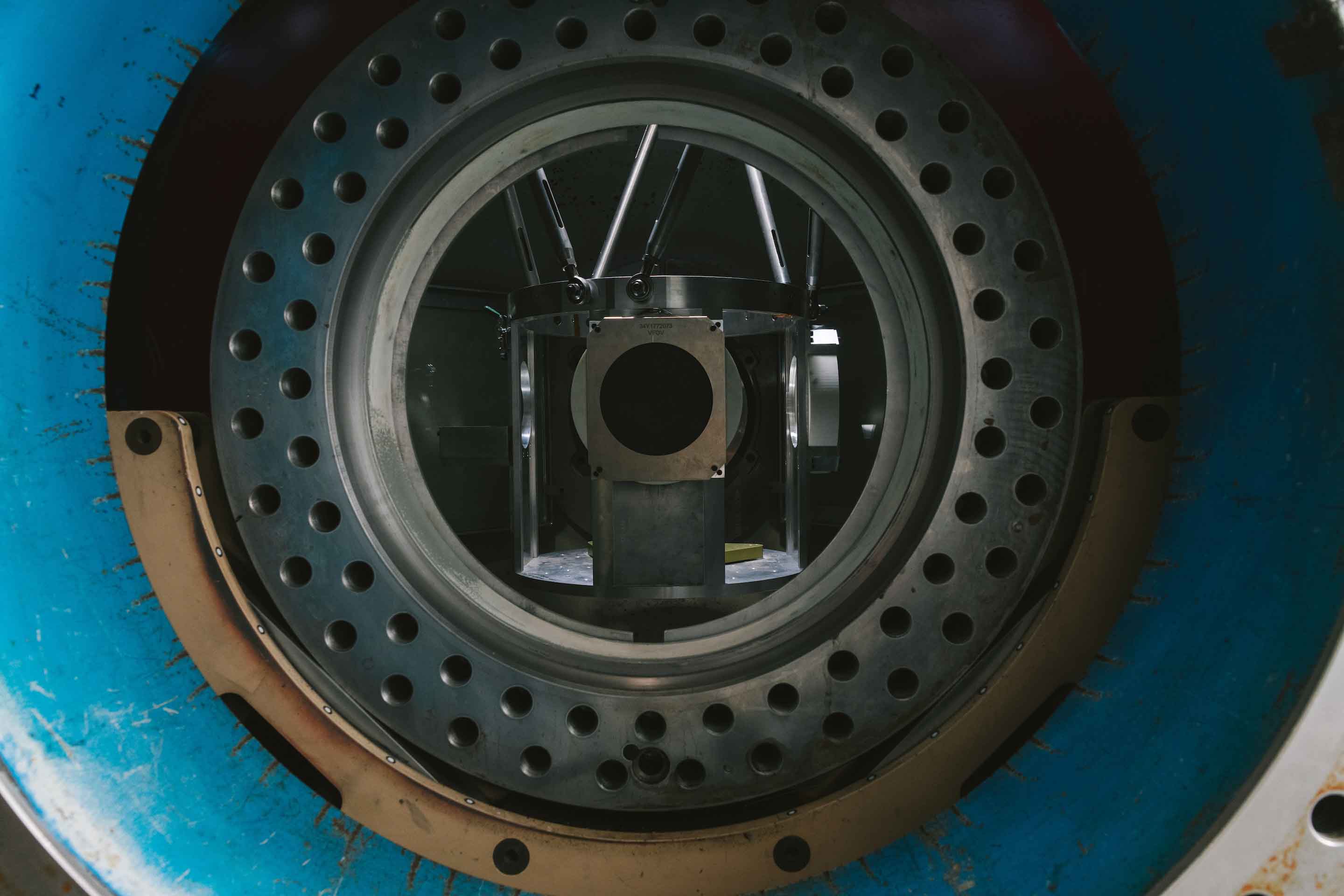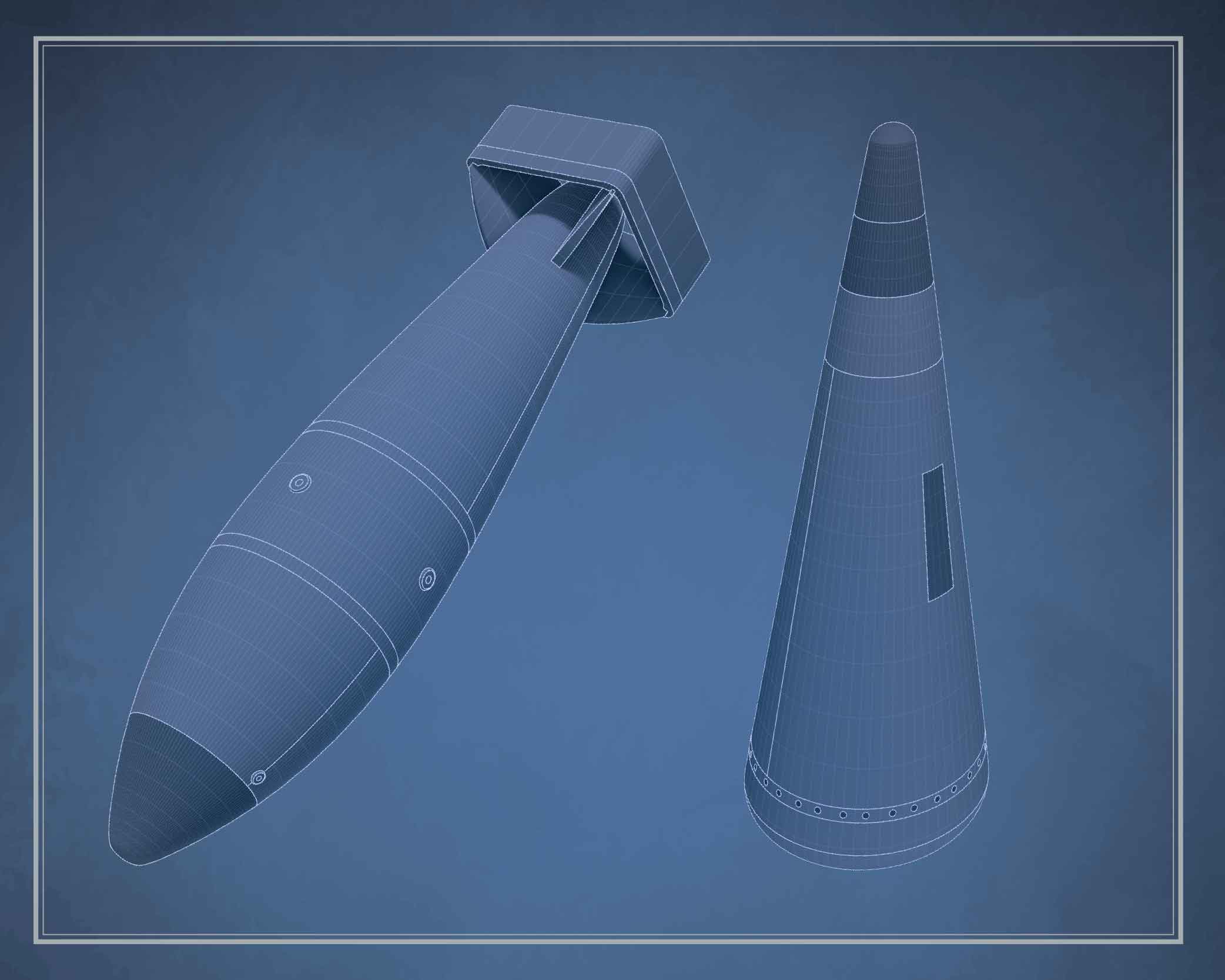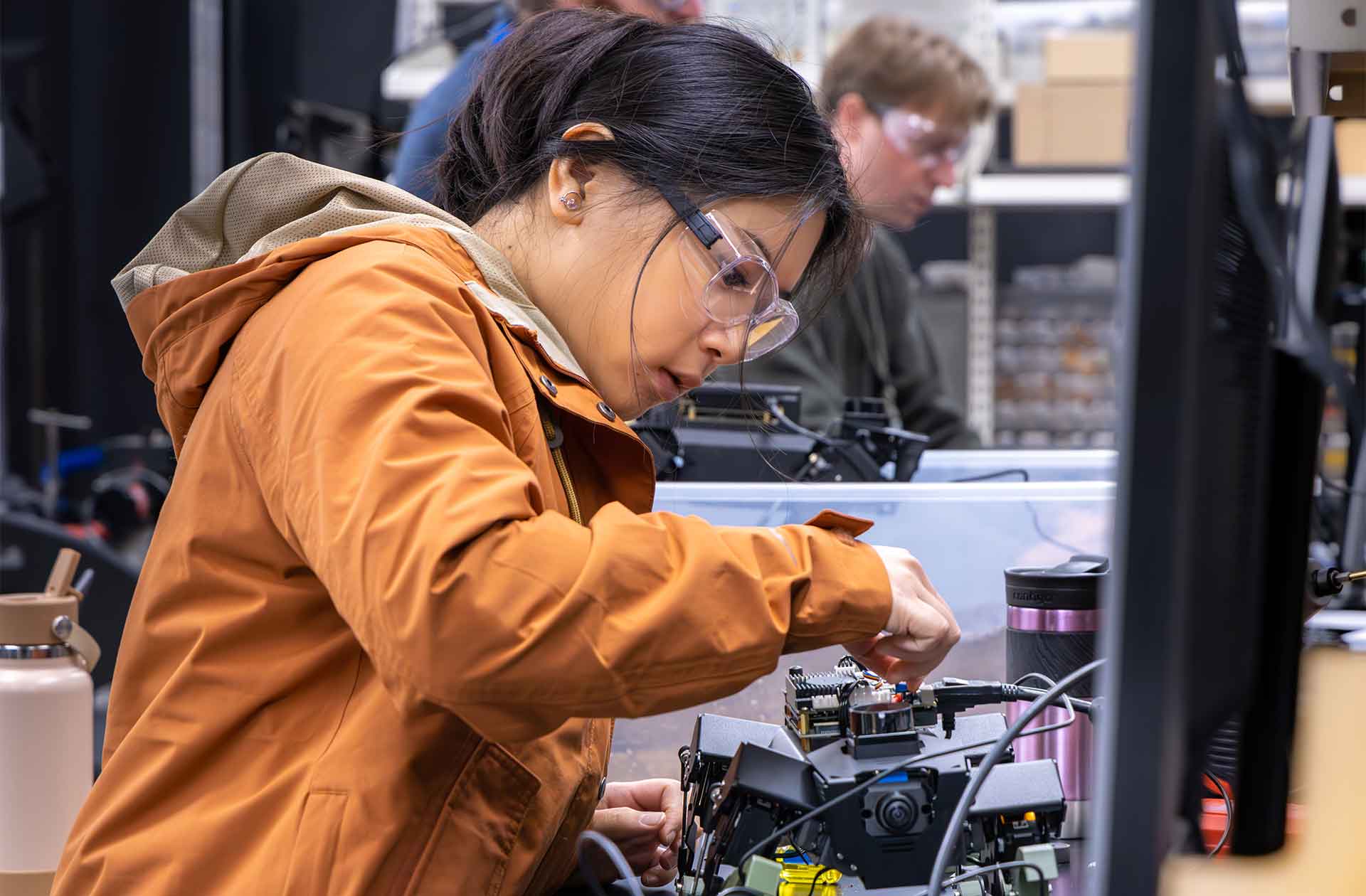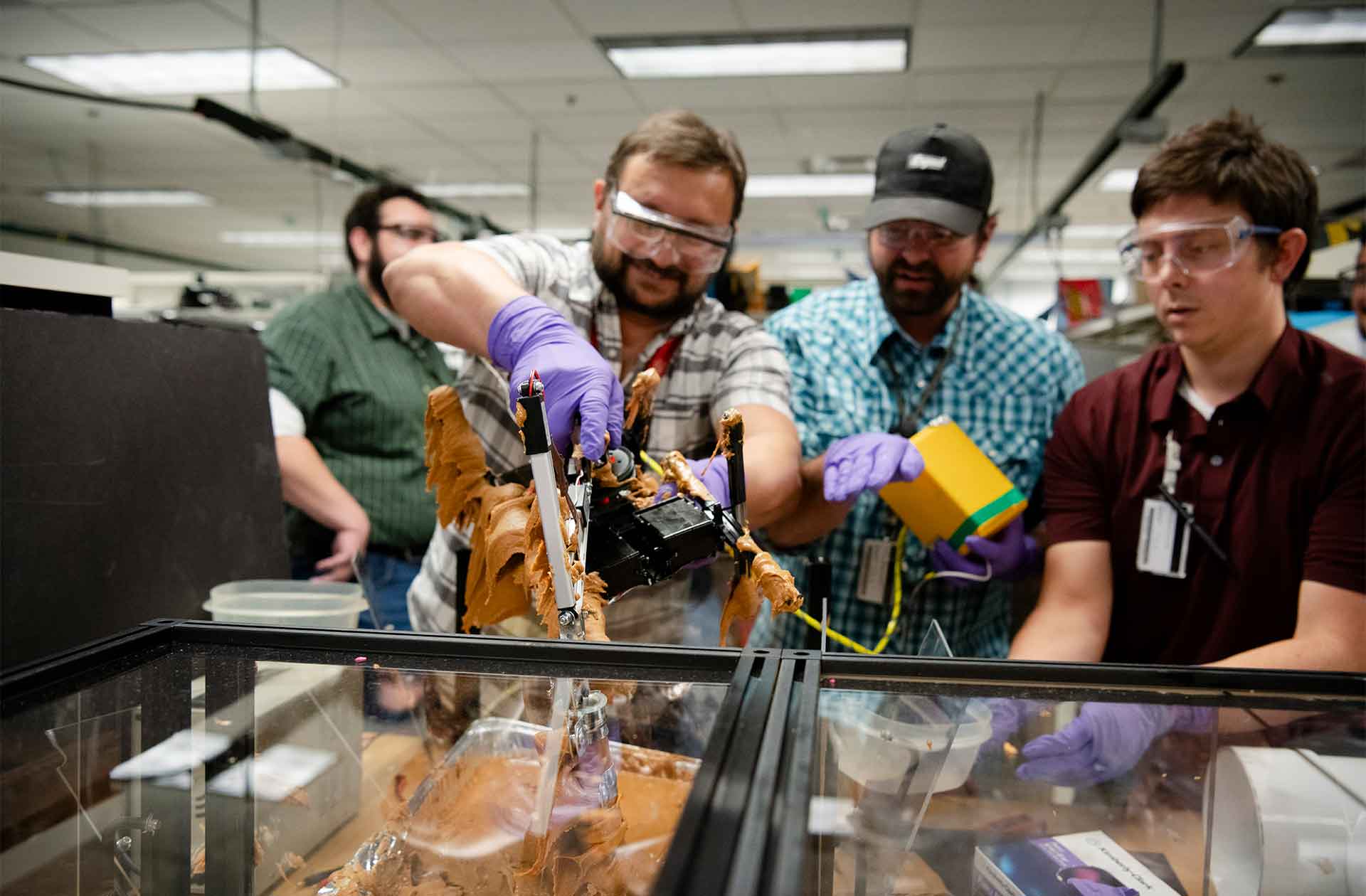Making magnets
At Los Alamos National Laboratory’s MagLab, magnets are designed and built for research in high magnetic fields.
- Ian Laird, Communications specialist

The magnets at the MagLab—the Los Alamos National Laboratory branch of the National High Magnetic Field Laboratory—are some of the strongest in the world, capable of reaching 100 tesla. (For comparison, a refrigerator magnet is about 0.005 tesla, and the Earth’s magnetic field is about 0.00005 tesla).
Currently, the MagLab operates five kinds of magnets, including multiple 65-tesla short-pulse magnets (dubbed the “workhorse” magnets because of their frequent use) and a prized 100-tesla magnet, which is the strongest non-destructive magnet in the world.
Scientist Doan Nguyen is responsible for the design and production of these magnets. “To generate the highest magnetic fields possible, our magnets are designed and operated to fail,” he explains. “Once a magnet fails, some components are damaged and cannot be reused.”

Magnets typically last a few months to a few years, and failure can occur after repeated exposure to high stress, general wear and tear, or overheating.
“Magnets have a limited lifetime, and so we are constantly building new magnets here,” says Nguyen, gesturing around a warehouse filled with machinery. “We have coil-winding stations and machines—like lathes and hydraulic presses—to make our different magnets.”
The central body of a magnet is composed of layers of conductor reinforced with coils of high-strength metal and polymer fibers.
The coils of the 100-tesla magnets, for example, are made out of copper-niobium wire, which has high tensile strength and is conductive—a rare combination. “Typically, high strength and high conductivity don’t go together,” Nguyen says.
The coiled wire is then wrapped in zylon, a polymer that resembles threads of golden-blonde human hair and has exceptionally high tensile strength, which helps resist the radial force of the magnetic field. Then, layers of a thin nickel-cobalt alloy are applied over the zylon to help resist the magnetic field’s compression force.
Some of these materials are difficult to come by. Zylon, for example, is produced by only one company in Japan, and copper-niobium wire is produced by one company in Russia. After Russia’s invasion of Ukraine, import bans have prevented Nguyen from ordering more wire. “We have some stocked, and we are saving that for our 100-tesla magnet,” he says. “Before, we used that same wire for some smaller magnets, but we’ve had to stop that and find new routes.”

Across the country, both government and industry organizations are testing new materials and trying to produce copper-niobium wire, but so far, none of the materials or production facilities have replicated the strength and conductivity of the stocked wire.
In the meantime, “we are limiting our users on the number of max-tesla tests they do on the 100-tesla magnet in an effort to extend the life of the magnet,” Nguyen says. “We are instead conducting experiments in the 80-tesla and 90-tesla range, which place less stress on the materials.”
While simultaneously maintaining and building the MagLab’s current suite of magnets, Nguyen must think about the future. An 85-tesla magnet is set to enter service by the end of 2024, and a 2024 report published by the National Academy of Science strongly recommended investment in developing and building a 120-tesla magnet.
“My main task is to meet what the MagLab users ask for,” Nguyen says. “The 120-tesla magnet is ambitious, but I intend to do everything I can to deliver it.” ★








